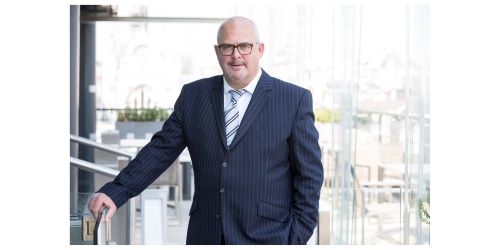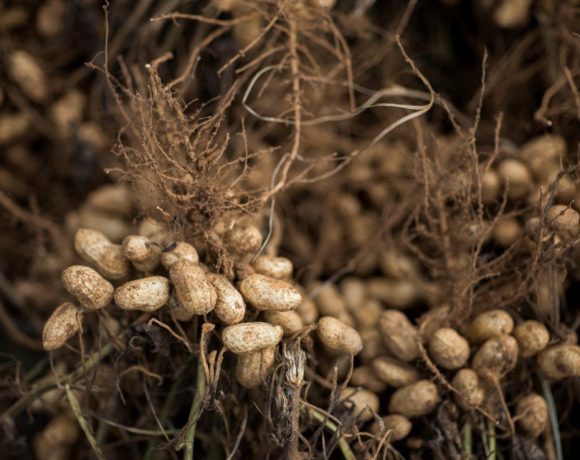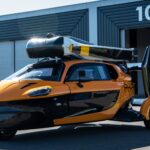Emirati crew to participate in NASA’s HERA analogue Mars mission

Long-term space flight under scrutiny
The Dubai-based Mohammed Bin Rashid Space Centre (MBRSC) is collaborating with NASA’s Human Exploration Research Analogue (HERA) mission in Houston, Texas, by sending an all-Emirati participant crew as well as conducting six scientific experiments in association with three UAE-based universities.
The initiative primarily sees an as-yet-unnamed Emirati crew living in isolation in the HERA habitat to stimulate a multinational astronauts’ mission to the Red Planet.
This pivotal study, spanning 180 days across four phases, broadly aims to investigate the impact of long-duration space flight on astronauts.
The UAE’s involvement with the NASA initiative is part of the second analogue study of the UAE Analogue Programme under the stewardship of MBRSC.
January 26, 2024, start date
Scheduled to begin on January 26, 2024, the four phases (each phase lasts 45 days) of the NASA-led study will involve Emirati crew members exploring their adaptation to isolation, confinement, and remote conditions on Earth as a means of facilitating the study of extended deep space missions by humans.
Part of the SIRIUS-21 programme, MBRSC’s first analogue study – focusing on the effects of isolation on human psychological and physiological conditions – concluded in 2022.

UAE-based universities are set to play a crucial role in the second analogue study, contributing diverse scientific research studies throughout the study’s duration.
As part of the initiative, the Emirati analogue crew members will join the research team at NASA’s Johnson Space Centre in the United States, participating in various scientific tasks and maintenance activities within the HERA habitat.
Bespoke facility
HERA is a 650-square-foot habitat that replicates space-like conditions on Earth. It is divided into two floors and a loft and serves as an analogue facility for isolation, confinement, and remote conditions in exploration scenarios, including long-duration human spaceflight missions.
Analogue astronauts’ activities within the closed confines of the HERA habitat include testing augmented reality, monitoring the mock environment, and facing scenarios such as communication delays with ground control support staff and mimicking conditions near Phobos. Phobos is the larger of Mars’s two moons.

These activities aim to enhance crew members’ autonomy, teamwork, and communication skills, providing valuable data for preparing astronauts for interplanetary missions and future ventures to Mars.
UAE universities’ input
UAE universities are contributing to the second analogue study, with United Arab Emirates University (UAEU) focusing on glucose metabolism dysfunctions, cognitive fatigue, and optical-based cardiovascular vital signs monitoring.
The Mohammed Bin Rashid University of Medicine and Health Sciences (MBRU) is conducting critical studies on whole-body energy consumption, bone density, muscle mass, and cardiovascular variability.
The American University of Sharjah (AUS) is contributing to the research by assessing mental stress in isolation and confined environments.
Salem Humaid Al Marri, Director General of MBRSC, stressed the significance of the UAE Analogue Programme in deepening humanity’s understanding of the challenges of long-duration space missions.
He stated, “Through the UAE’s second analogue study, we are laying a robust foundation for our nation’s ambitious journey across the cosmos.”
Adnan Al Rais, Mars 2117 Programme Manager at MBRSC, meanwhile emphasised the insights gained from analogue missions, noting their importance in testing human endurance and adaptability, refining technologies, and contributing to the success of future space expeditions.
MBRSC manages the UAE Analogue Programme as part of the UAE’s National Space Programme.
Featured image: NASA’s HERA facility is at the Johnson Space Centre in Houston, Texas. Image: NASA












